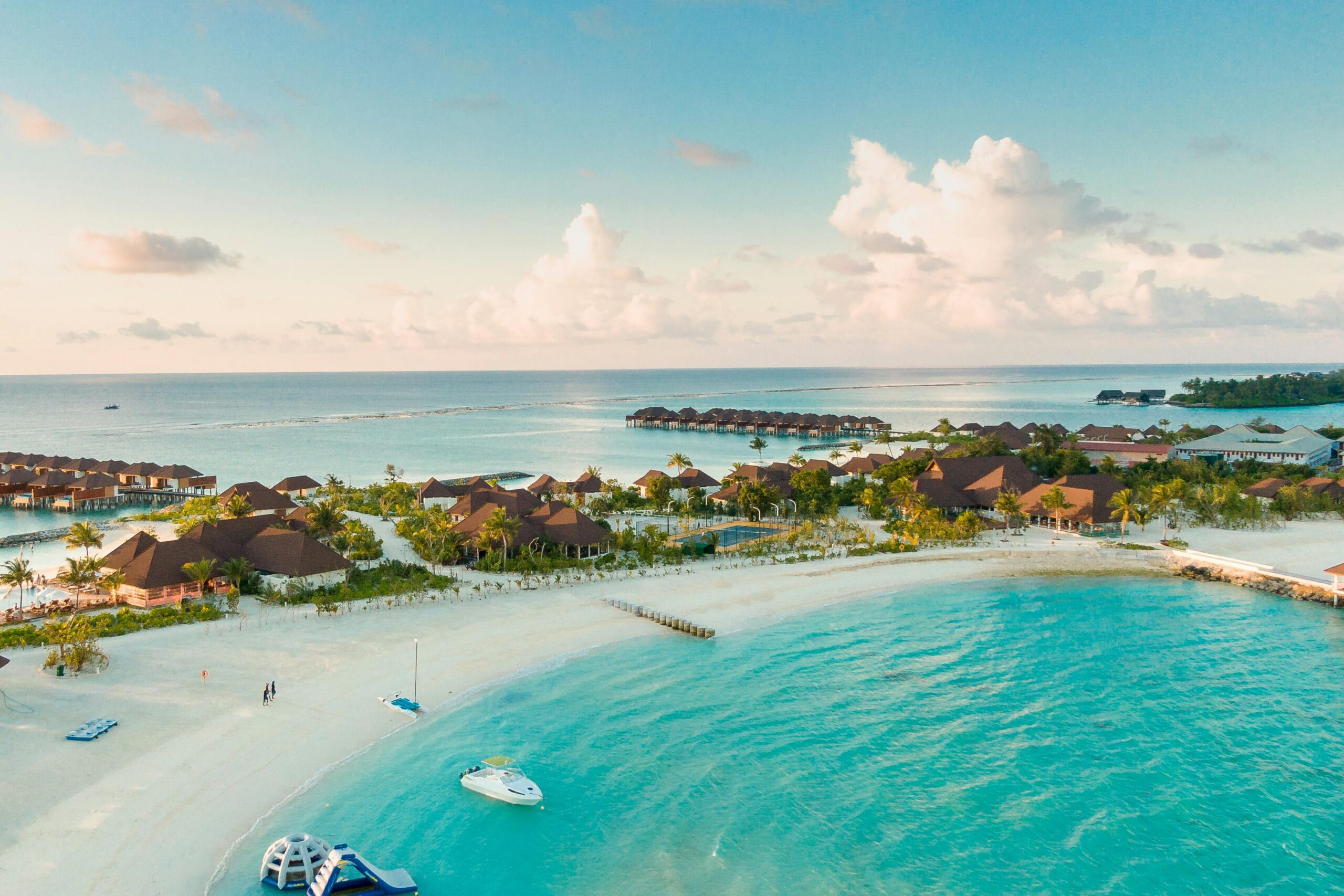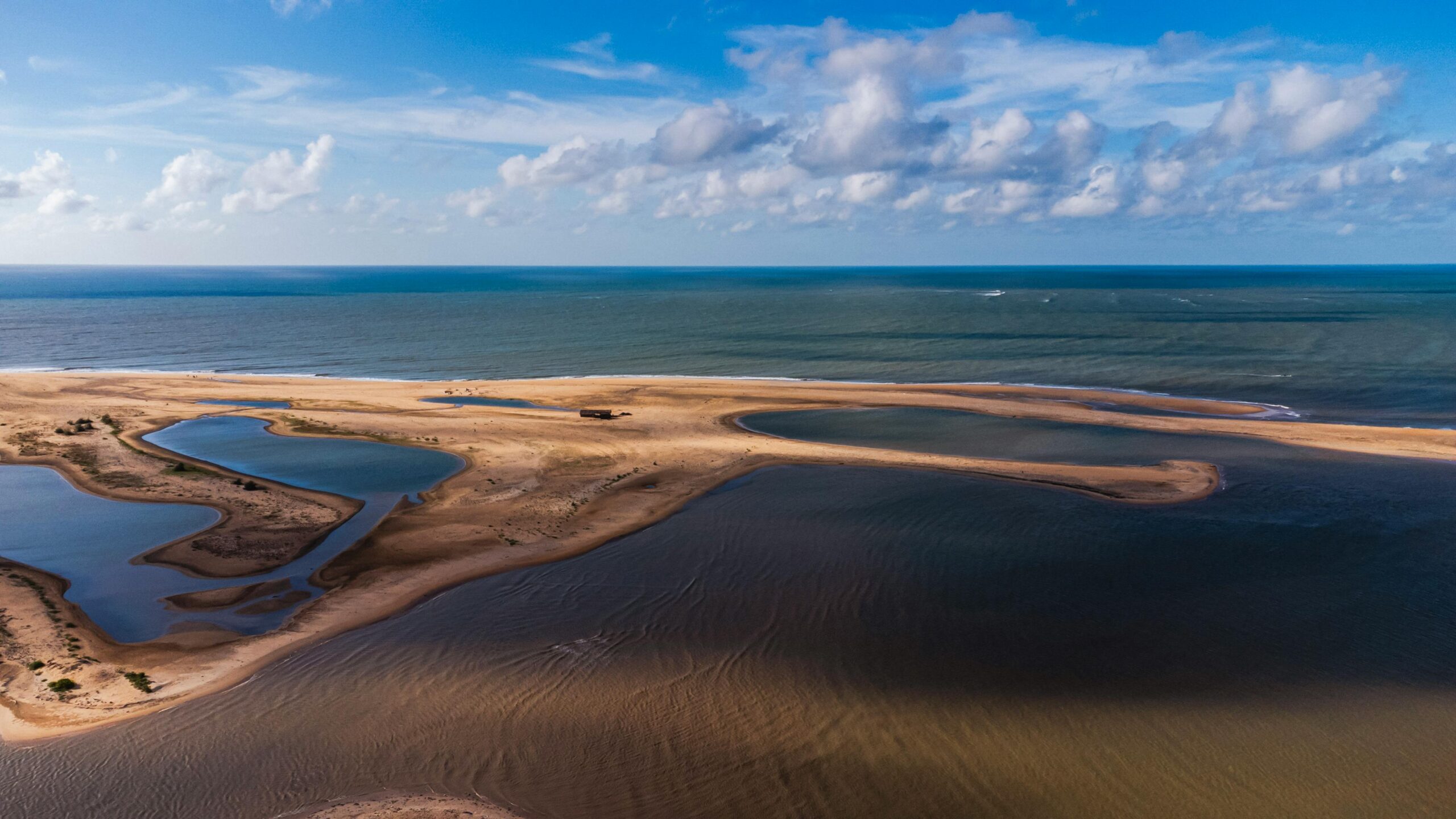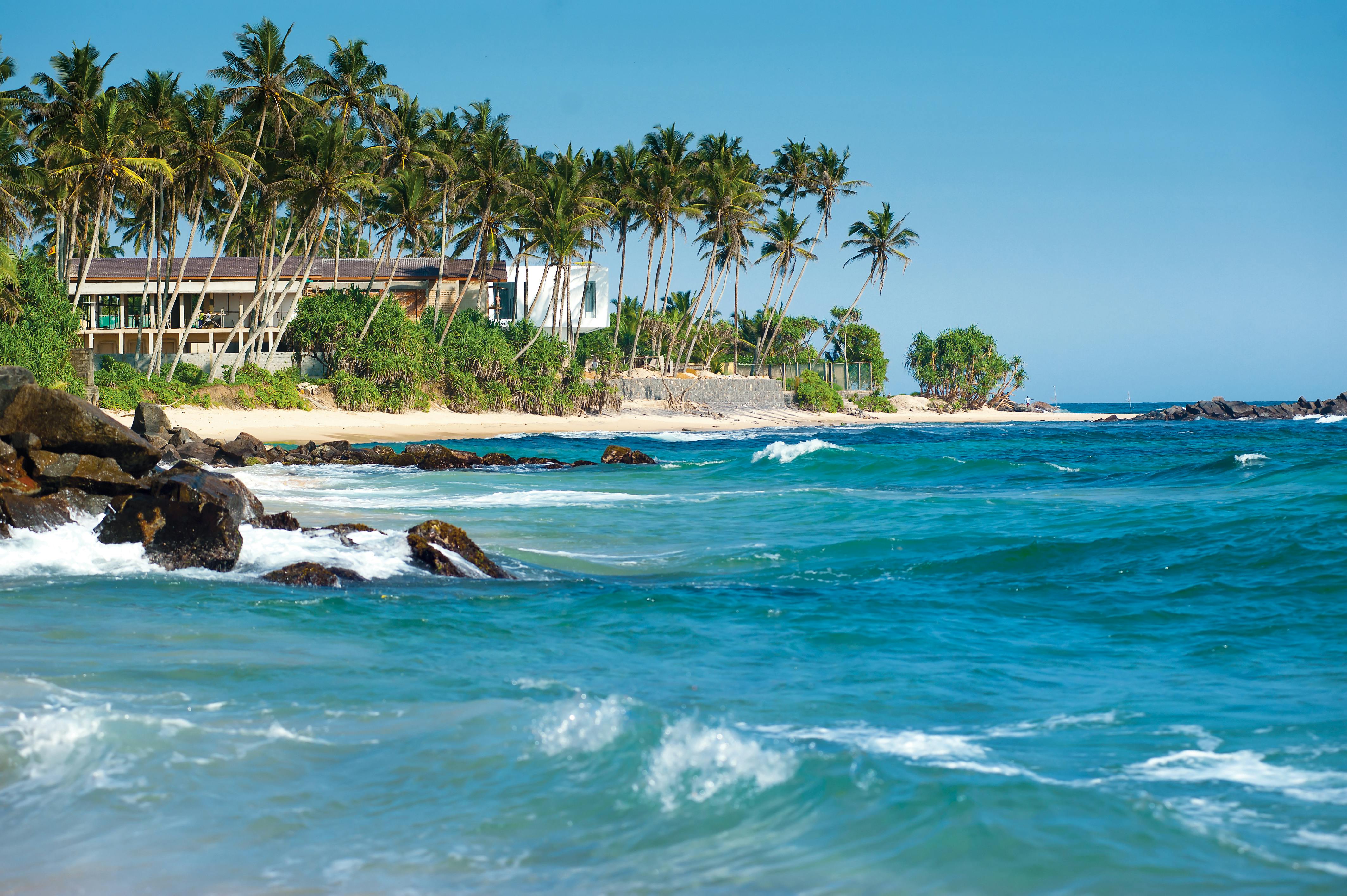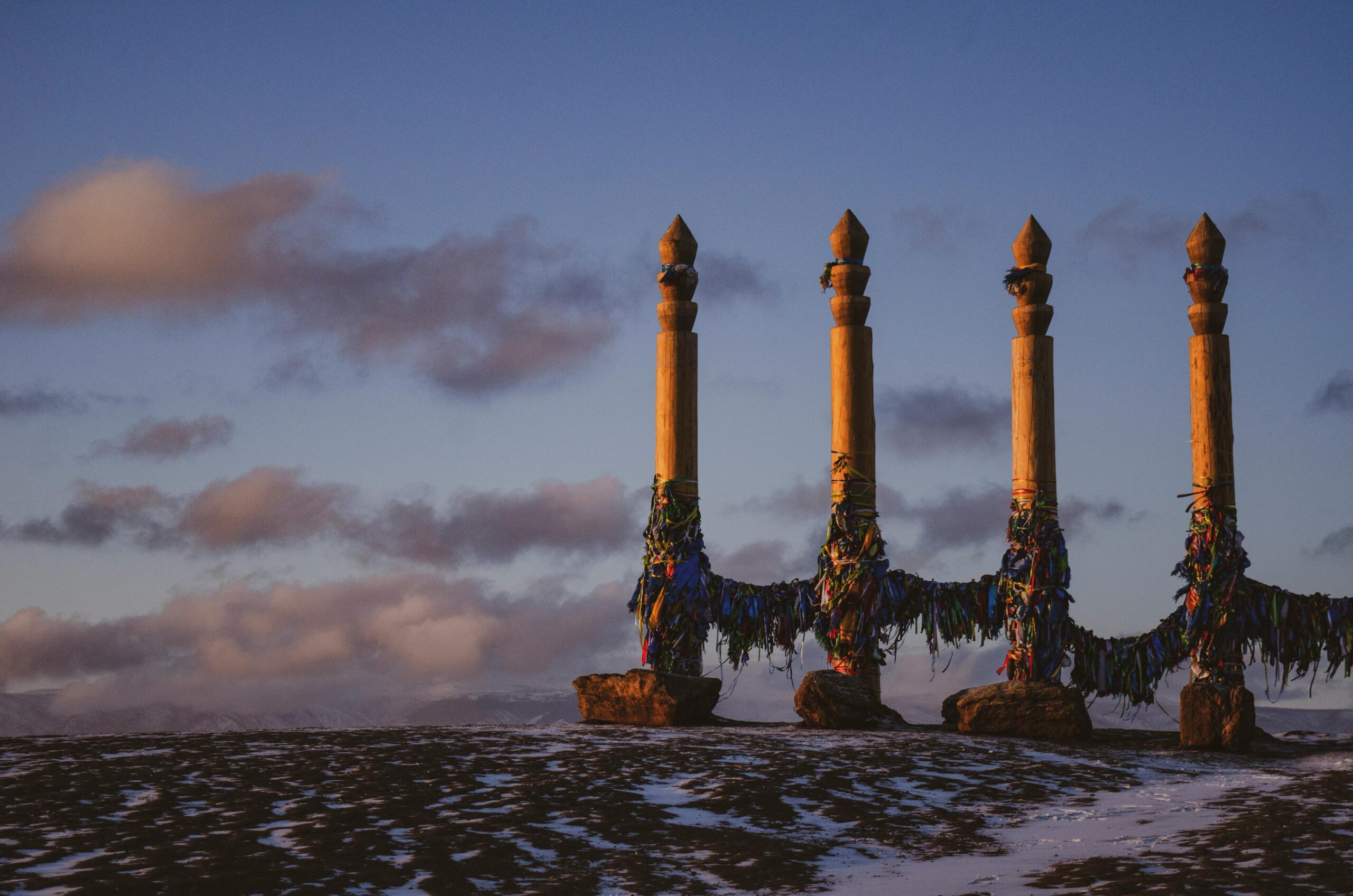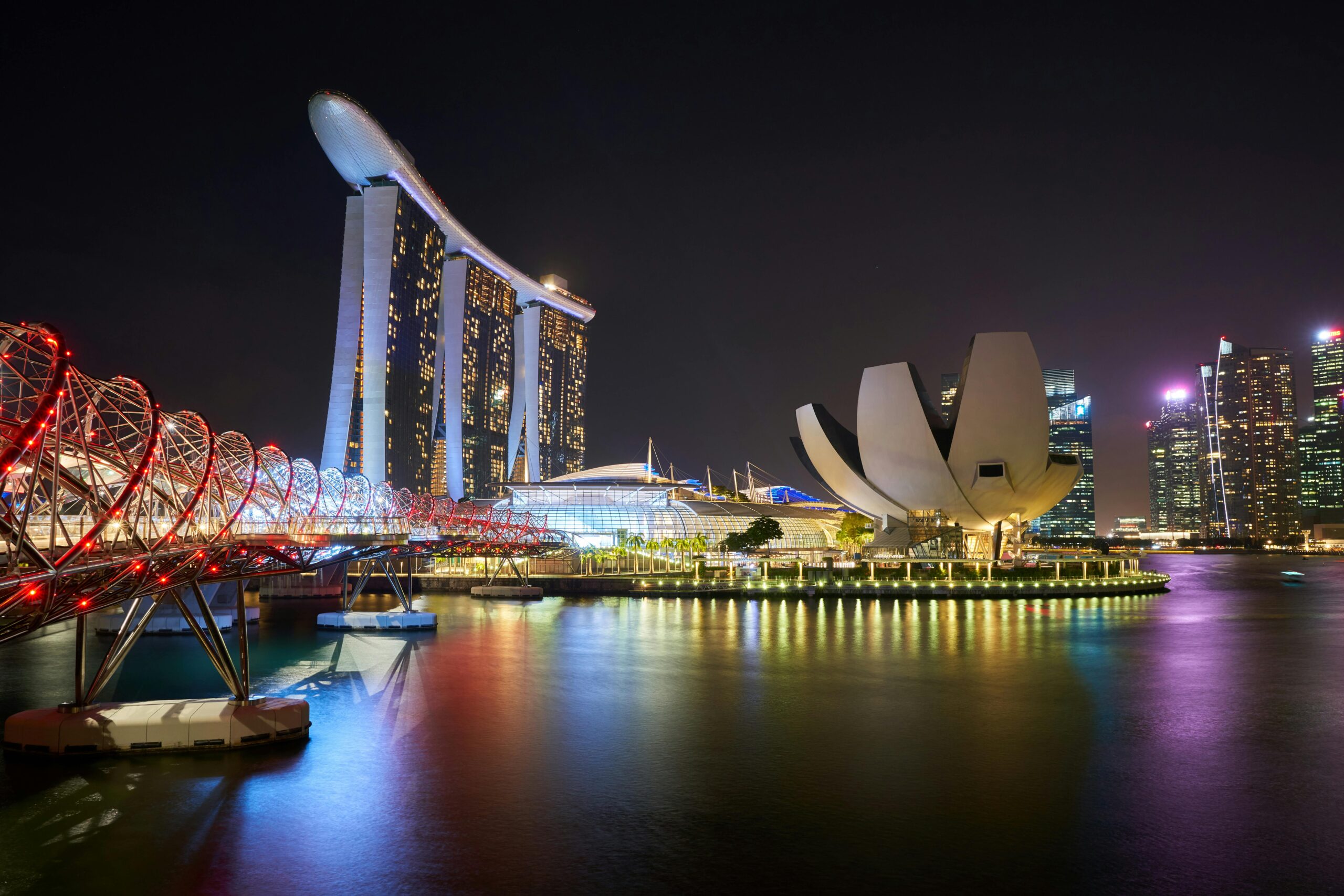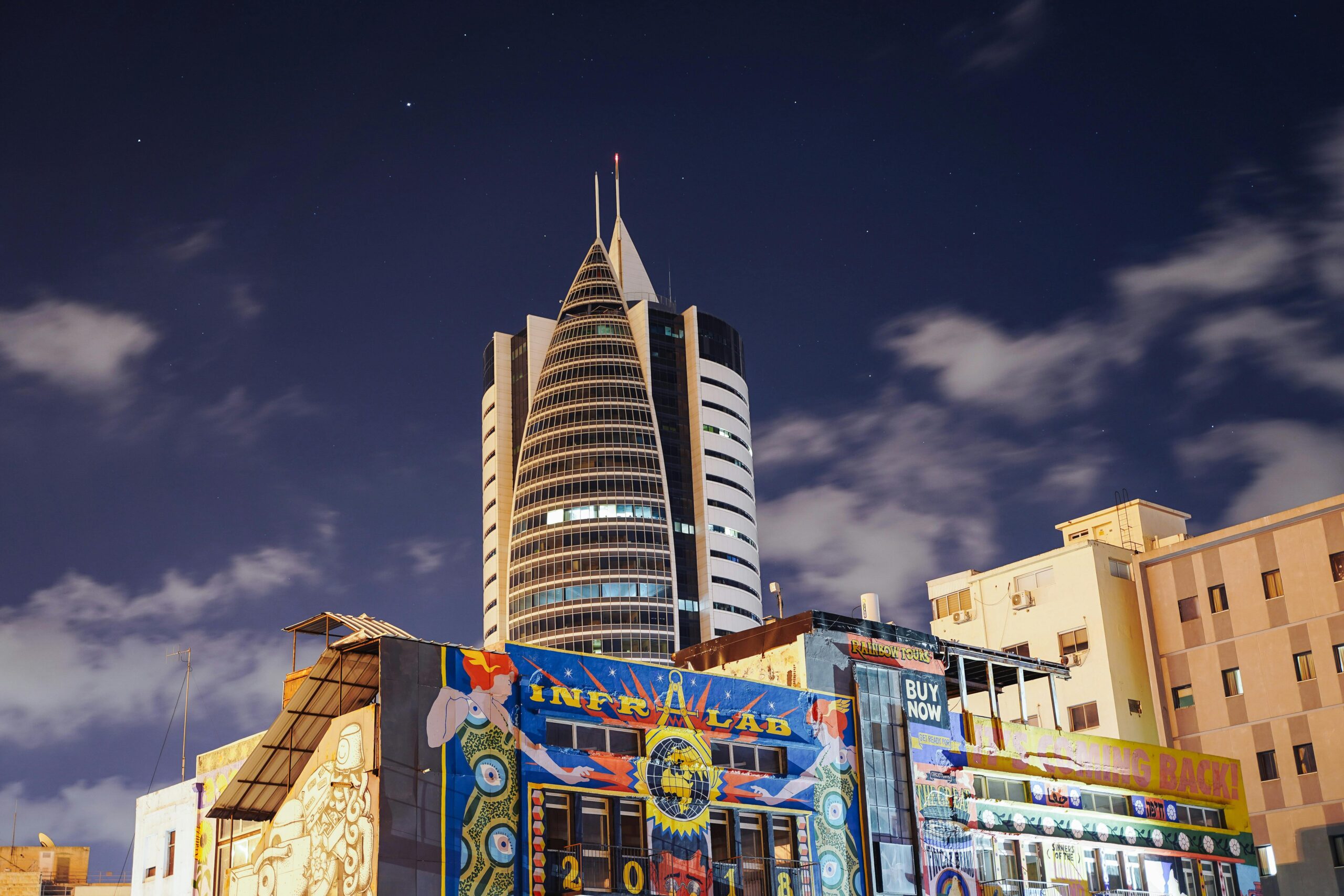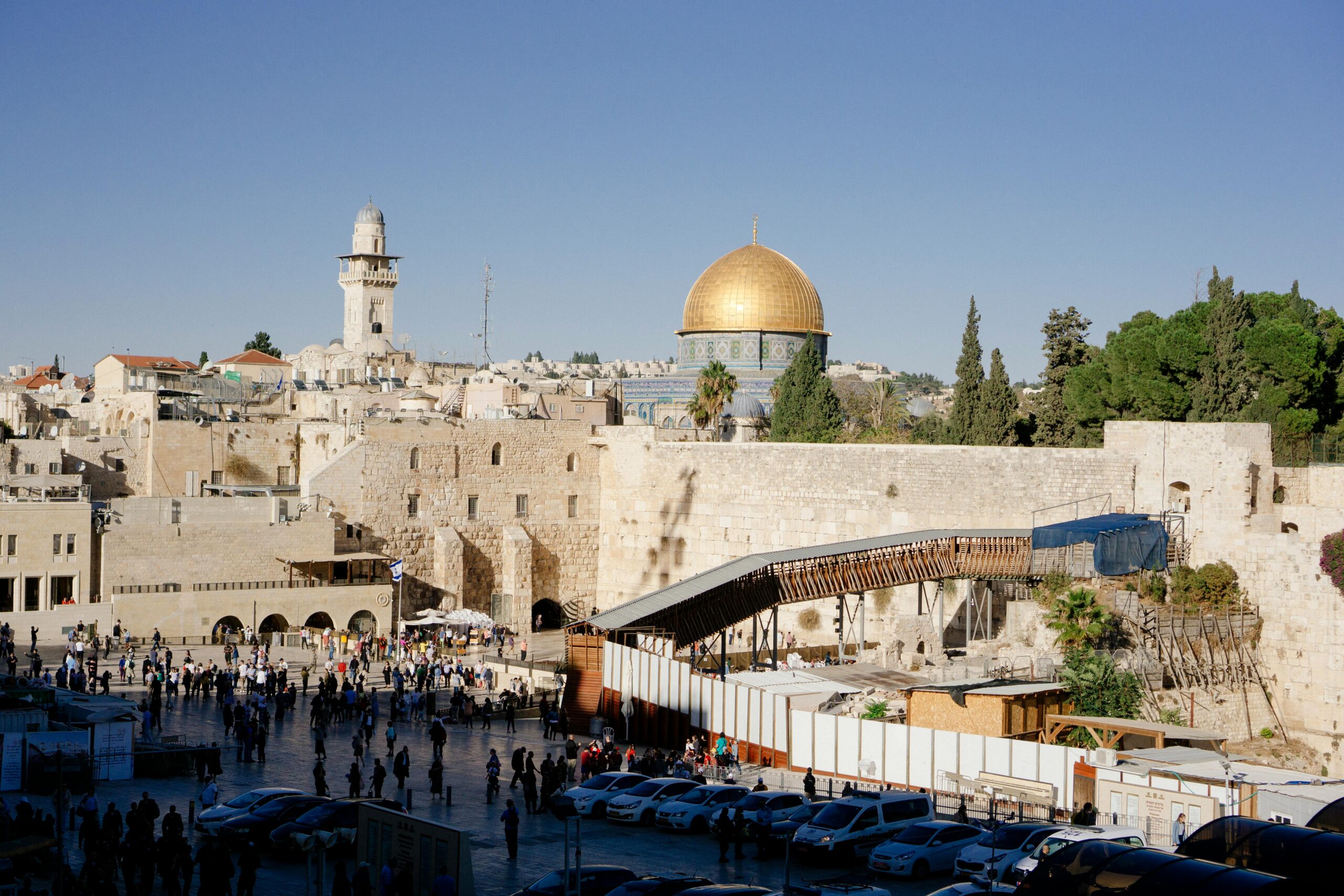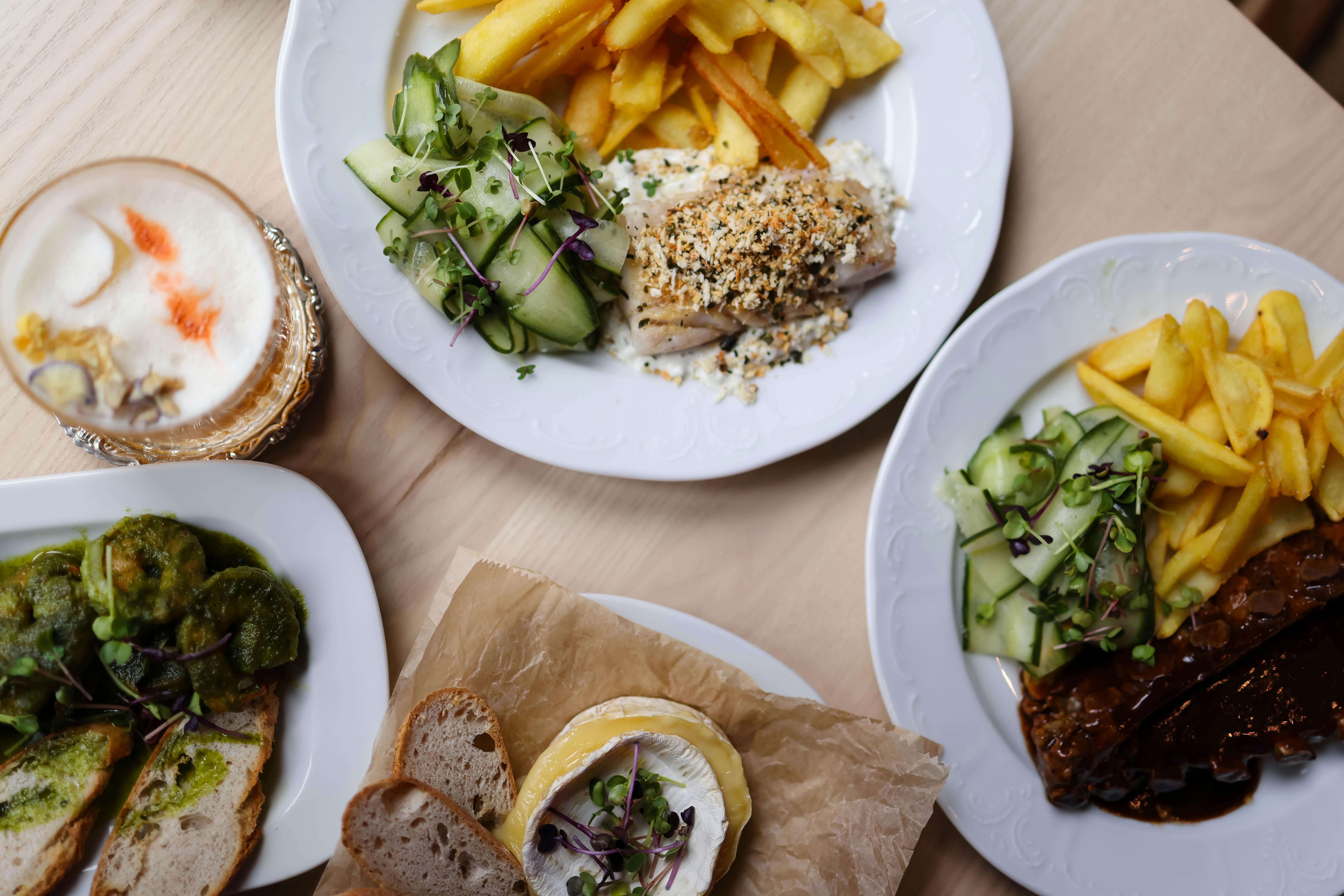The Ultimate Maldives Travel Guide: What You Need to Know Before You Go
The Maldives is a dream destination for travelers seeking turquoise waters, luxury resorts, and unparalleled beauty. Whether you’re planning a romantic getaway, a honeymoon, or a relaxing beach vacation, the Maldives offers everything you need for a once-in-a-lifetime experience. But before you pack your bags and head to this tropical paradise, it’s essential to know a few key details to ensure your trip goes smoothly.
In this ultimate Maldives travel guide, we’ll cover everything from the best time to visit, to local customs, top activities, and tips for first-time visitors.
1. Best Time to Visit the Maldives
The Maldives enjoys a tropical climate year-round, but the best time to visit largely depends on your preferences for weather and activities.
- Dry Season (November to April): The dry season is the peak tourist season in the Maldives. Expect sunny days, minimal rainfall, and ideal conditions for water sports like snorkeling, diving, and surfing.
- Rainy Season (May to October): While this is the monsoon season, it still offers warm temperatures and fewer crowds. This is a great time to visit for budget-conscious travelers since many resorts offer discounts during these months.
Tip: For the best combination of weather and fewer crowds, plan your trip during the shoulder months (April and November).
2. Visa Requirements for the Maldives
One of the best things about traveling to the Maldives is the visa policy. Tourists from most countries can obtain a 30-day visa on arrival at no extra cost, provided they have:
- A valid passport with at least 6 months’ validity from the date of arrival.
- A return or onward ticket.
- Sufficient funds for the duration of the stay.
It’s a hassle-free process, but always check the latest visa policies before booking your flights.
3. Currency and Payment Methods in the Maldives
The official currency of the Maldives is the Maldivian Rufiyaa (MVR), but most hotels, resorts, and businesses accept US dollars. Credit cards are widely accepted in major establishments, so there’s no need to worry about carrying large amounts of cash. ATMs are available in Male (the capital), but be aware that they may charge fees for international transactions.
Tip: Carry a small amount of local currency (MVR) for shopping at local markets or small vendors, especially when visiting the capital or local islands.
4. Getting Around the Maldives
The Maldives is made up of over 1,000 islands, and getting from one island to another requires some planning. Here’s a quick breakdown:
- Domestic Flights: Many resorts are located on private islands, and domestic flights from Malé International Airport to regional airports are common. These flights are usually short, taking anywhere from 30 minutes to 1 hour.
- Speedboats: For nearby resorts, speedboats or private yachts are often used for transport.
- Seaplanes: For remote resorts, seaplane transfers are common and offer spectacular aerial views of the islands.
Tip: Always confirm transfer details with your resort before arriving to avoid any confusion or delays.
5. What to Pack for the Maldives
The Maldives is a tropical destination, so packing light and smart is key. Here’s a packing list to get you started:
- Light, breathable clothing: Pack loose-fitting clothes made from natural fabrics, like cotton or linen, to keep cool.
- Swimwear and beachwear: You’ll be spending plenty of time in and around water, so bring multiple swimsuits.
- Sunscreen: The Maldives enjoys year-round sun, so bring a high SPF sunscreen to protect your skin.
- Waterproof bag: For keeping your electronics and valuables safe while on boats or during water activities.
- Insect repellent: Especially useful if you plan to visit local islands or the jungles of the nearby resorts.
Tip: Dress modestly when visiting local islands, as the Maldives is a Muslim country, and it’s respectful to cover shoulders and knees.
6. Top Things to Do in the Maldives
Beyond its beaches and resorts, the Maldives offers a range of activities to enjoy. Here are some must-dos:
- Snorkeling and Diving: The Maldives is a diver’s paradise, offering vibrant coral reefs and abundant marine life, including manta rays, whale sharks, and sea turtles.
- Water Sports: Try jet skiing, windsurfing, kitesurfing, and stand-up paddleboarding for an adrenaline rush.
- Island Hopping: Take a boat tour to explore remote islands, visit local fishing villages, and enjoy secluded beaches.
- Spa and Wellness: Many resorts offer world-class spas and wellness treatments with stunning ocean views.
- Fishing Trips: Try your hand at traditional Maldivian fishing or join a sunset fishing tour for a relaxing experience.
7. Local Culture and Etiquette
The Maldives is a predominantly Muslim country with rich cultural traditions. While most resorts are tourist-friendly, it’s important to be mindful of local customs and etiquette:
- Modesty: When visiting local islands, it’s respectful to wear modest clothing that covers shoulders and knees.
- Public Behavior: Public displays of affection should be kept to a minimum, especially in more traditional areas.
- Alcohol: Alcohol is available at resorts and on private islands, but it is prohibited on local islands outside tourist areas.
8. Health and Safety in the Maldives
The Maldives is a safe destination for travelers, but it’s always good to take basic health precautions.
- Travel Insurance: Always ensure you have travel insurance that covers health emergencies, water activities, and lost luggage.
- Vaccinations: While there are no mandatory vaccinations for entry into the Maldives, it’s advisable to be up-to-date on routine vaccinations and consult a healthcare provider before travel.
- Water Safety: Always stay hydrated and be cautious when swimming in the open sea, as strong currents can sometimes be unpredictable.
Tip: Keep a copy of your passport and visa on hand in case of emergencies or for identification purposes during your stay.
Conclusion
The Maldives is a tropical paradise that promises stunning beauty, luxurious resorts, and unforgettable experiences. By planning ahead and knowing what to expect, you’ll ensure your trip is smooth and memorable. Whether you’re visiting for the first time or returning for another blissful stay, this travel guide has you covered with all the essential tips to make the most of your Maldives vacation.
So, pack your bags, and get ready to explore one of the most beautiful destinations on earth!
Read more
